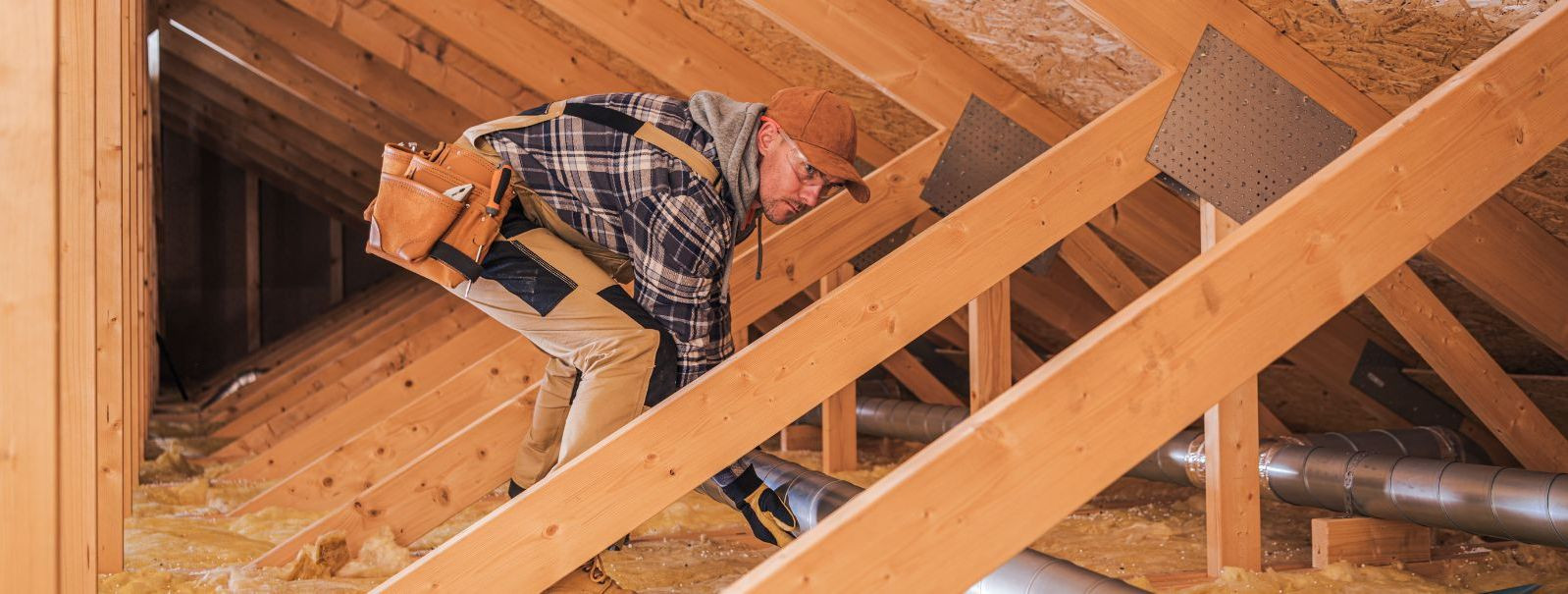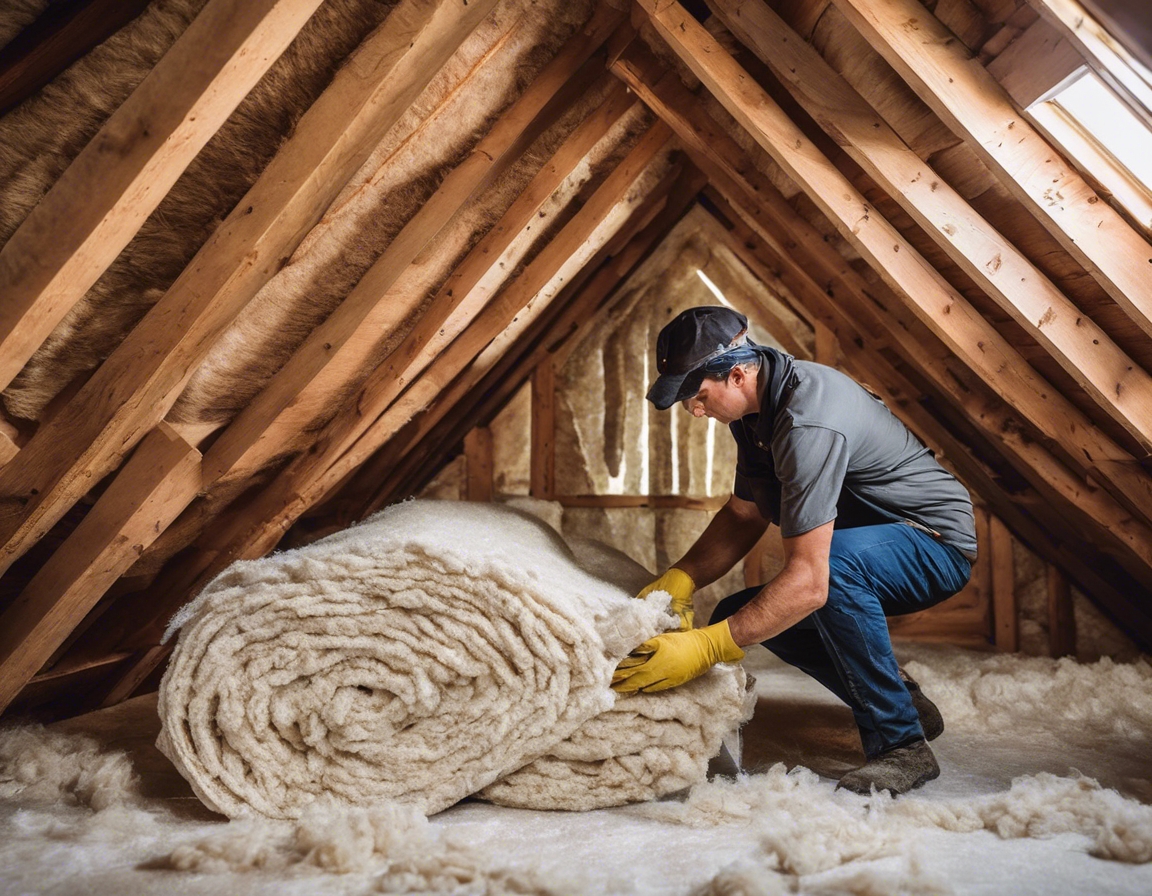The benefits of bulk wool insulation for your home
Bulk wool insulation is a natural and efficient thermal barrier made from sheep's wool. It is designed to be packed into walls, ceilings, and floors to keep homes warm in the winter and cool in the summer. Unlike traditional insulation materials, bulk wool is renewable, biodegradable, and has a lower environmental impact.
Insulation is a critical component of any home's construction or renovation project. It significantly affects the building's thermal performance, energy consumption, and overall comfort. Proper insulation can lead to substantial energy savings and a more consistent indoor temperature.
The Advantages of Bulk Wool Insulation
Bulk wool insulation is made from a natural, renewable resource. It requires less energy to produce than synthetic insulations and can be recycled at the end of its life cycle, reducing waste and supporting a sustainable building practice.
Wool's natural properties make it an excellent insulator. It helps to reduce heating and cooling costs by maintaining a stable indoor climate, leading to lower energy bills and a smaller carbon footprint.
Wool is naturally fire-resistant and does not release harmful toxins. It also improves indoor air quality by regulating humidity and reducing the growth of mold and mildew.
The dense fibers of wool absorb sound, making bulk wool insulation an effective sound barrier that reduces noise pollution and enhances the tranquility of your living space.
Wool can absorb and release moisture without compromising its thermal efficiency. This breathability helps to manage humidity levels and prevents the buildup of condensation within the building structure.
Bulk wool insulation is resilient and maintains its insulating properties over time. It does not settle or degrade as quickly as some synthetic alternatives, ensuring long-term performance and less frequent replacement.
Installing bulk wool insulation is straightforward and can be done in various areas of a home. Its flexibility allows it to fit into irregular spaces and around obstacles, making it a versatile choice for any construction or renovation project.
Understanding the Installation Process
Before installing bulk wool insulation, it is essential to prepare the area by ensuring it is clean, dry, and free from any debris or contaminants. Proper preparation will optimize the insulation's performance.
The process of installing bulk wool insulation involves measuring the space, cutting the material to fit, and securely placing it within the building's cavities. It is crucial to ensure that the insulation is evenly distributed to avoid gaps and thermal bridges.
After installation, it's important to check for any areas that may need additional insulation or sealing. Ensuring the insulation is properly enclosed will maximize its effectiveness and prevent any potential issues.
Comparing Bulk Wool to Other Insulation Materials
Fiberglass is a common insulation material but can be irritating to the skin and lungs. Bulk wool is a safer and more comfortable alternative.
Cellulose is made from recycled paper and is also eco-friendly. However, it can settle over time, reducing its insulating properties, unlike bulk wool which maintains its shape and effectiveness.
Foam insulation offers high thermal resistance but is made from chemicals that may off-gas volatile organic compounds (VOCs). Wool is a natural and healthier option.
Maximizing the Benefits of Bulk Wool Insulation
For optimal results, it is recommended to have a professional assess your home and install the bulk wool insulation. This ensures that the insulation is appropriate for your specific needs and is installed correctly.
While bulk wool insulation requires minimal maintenance, regular checks can help to identify any areas that may need attention or additional insulation to maintain its efficiency.






Comments (0)